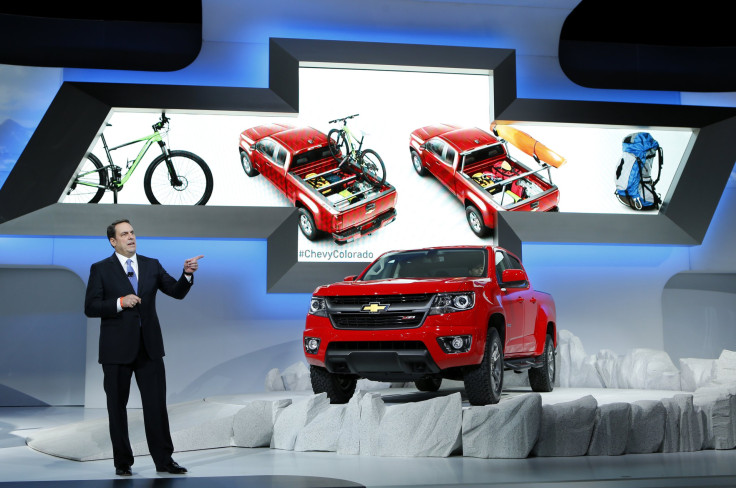US Treasury Exits GM Ownership At A $9.6B Cost To Taxpayer, Excluding GM’s Former Financing Arm, Ally Financial [CORRECTION]

A previous version of this story incorrectly stated the final cost of the GM bailout was $12.2 billion, which did not reflect the revenue from the final sale of 70.2 million shares of GM common stock on Nov. 20. The U.S. government disbursed a total of $51.03 billion to GM and it recovered $41.4 billion, according to the U.S. Treasury. The balance is $9.6 billion.
Almost five years after General Motors received its first tranche of financing to keep it from collapsing, the U.S. Treasury Department announced Monday it sold the final shares of the world’s second-largest automaker, closing one chapter in the $475-billion Troubled Asset Relief Program (TARP).
“With the final sale of GM stock, this important chapter in our nation’s history is now closed,” said Treasury Secretary Jacob J. Lew.
Well, kind of.
GM’s financing arm, formerly known as GMAC but which is now a Detroit-based holding bank called Ally Financial, is still 73 percent owned by the taxpayer. The government still needs to recover about $4 billion from Ally to break even from that part of the deal.
According to the latest Daily TARP Update, the U.S. government disbursed $51.03 billion to GM (excluding GMAC) and recovered $38.8 billion. On Nov. 20, the Treasury sold its remaining 70.2 million shares of GM common stock for 2.6 billion, leaving the final tab to the U.S. government at $9.6 billion.
“Supporters of the Obama administration will say that the $12 billion dollars the bailout ultimately cost the federal government is a reasonable price to pay for an initiative that ‘saved jobs,’” said Jack R. Nerad, executive editor and analyst at automotive pricing and information provider Kelley Blue Book. “Opponents of the Obama administration will assert that $12 billion is a large amount of money to spend for what arguably are somewhat nebulous positive results that seemed to have preserved jobs in the upper Midwest perhaps at the expense of new jobs in the South.”
As reported previously in International Business Times, the pace by which the U.S. Treasury exited ownership of GM increased the amount of the taxpayer subsidy. Had the government decided on a longer term plan, it could have recovered more as GM’s stock continued to recover. But both the government and GM wanted divestment as soon as possible in order to get the automaker out from under the yoke of the stigma of partial public ownership. Plus, as long as the government was invested, GM’s board was limited in its decision on issuing dividends and executive compensation.
Hours before the official announcement, the Ann Arbor, Mich.-based auto-industry-backed Center for Automotive Research (CAR) issued a report underscoring just how dire the situation was in 2009, and what the effects on the U.S. economy would have been if Washington had allowed GM and Chrysler to go under.
One of the bigger and often overlooked effects, it said, was what would have happened to the domestic auto parts manufacturing industry.
CAR points to the roughly 14,000 individual parts that go into a typical passenger vehicle, and even with the rescue of GM and Chrysler, there are almost 500 fewer U.S.-based parts suppliers than there were in 2009. As of 2012, there were 5,614 auto parts manufacturers; the bailout helped keep many of these from going out of business, costing jobs and tax revenue. GM and Chrysler saw their share of North American vehicle production fall from 45 percent in 2007 to 35 percent two years later.
Had GM and Chysler gone under, it would have affected other automakers building cars in the U.S. because all parts manufacturers do business with other automakers. Had more suppliers gone under, companies like Ford, Toyota and Volkswagen would have faced supply problems that would have caused production interruptions, which would have led to job losses at other automakers.
© Copyright IBTimes 2024. All rights reserved.












